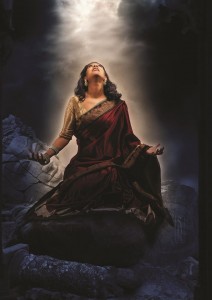Vampire V5 Alpha Playtest Overview

I attended GenCon 2017. This was the first time I’ve ever had the chance to attend and the convention was amazing on so many levels. I was invited to attend by The Wrecking Crew, a gaming demonstration group. They usually demo and playtest White Wolf and Onyx Path Publishing products. At their invitation, I got to run 5 play tests of Vampire 5th Edition’s Alpha release. Over these sessions I got very familiar with my particular take on the adventure, Rusted Veins, and very familiar with certain elements of the rules which I leaned on heavily. Upfront, this set of the rules and the adventure was a significant improvement to the pre-alpha slice which came out at World of Darkness Berlin.
This Alpha product included a significant slice of rules, particularly focused around Hunger, Compulsions, combat, and some disciplines: particularly Potence, Presence, Fortitude, Celerity, and Obfuscate. These rules will be outlined more fully below. Mechanically, the game has some departures from previous Editions of Vampire. Particularly, as in the pre-alpha, the inclusion of Hunger dice is different. That said, this mechanic is a boon for adhering to the theme of Vampire: The Masquerade and ensured that the concept of The Beast and the need to Feed were incredibly present.

The module adventure, Rusted Veins, was written by Matthew Dawkins, with contributions and assistance from Kenneth Hite, Jason Andrew, Karim Muammar, Martin Ericsson, and Jason Carl with special thanks given to consultant Monica Valintinelli. The Alpha ruleset was written by Kenneth Hite, Jason Andrew, Matthew Dawkins, with guidance, editing, and contributions from Karim Muammar, Martin Ericsson, and Jason Carl.
Rusted Veins is a continuation of the Forged in Steel chronicle from the original Vampire: The Masquerade 1st Edition core book. It also continues the stories in Ashes to Ashes (1st Ed) and Dust to Dust (V20). Thematically, the story in Rusted Veins has the feel of Vampire 1st Edition. It’s gritty, street level, and the night to night need to survive felt incredibly present. Vampire at its finest offers a chance to explore dark themes, recognize them, and then work to find ways to conquer the darkness while staring deeply into the abyss. This story succeeds at that, there were a few elements I chose not to include while I was running, but Matthew (and other writers) did such a wonderful job creating multiple hooks that this wasn’t a problem.
Honestly, if this quality of work continues than I anticipate that Vampire 5th Edition will win awards. It’s gritty, honest, and it opens a door into the classic World of Darkness that needs to be opened and enjoyed. A shout-out to my players at GenCon 50! You were all awesome. I sincerely enjoyed running this game for you. To the players of Baggie, in particular, thank you for engaging with some of the adversarial aspects of this character, it was really awesome.
Below I’ll be diving more deeply into certain mechanics, and elements of the story, but above are my core thoughts in my post GenCon fugue.
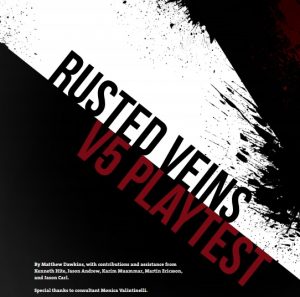
Rusted Veins (sections in quotes are descriptions I used in my game)
“Gary, Indiana is a shit pit. It’s broken, run down, and industry has fled. This has left Gary a veritable ghost town, filled with crack houses and dilapidated buildings of all forms. It starts to rain; the rain is falling in heavy droplets that soak you to the bone. The rain in Gary is acidic, and you can hear it making slight burning hissing sounds every few drops, it hurts to stand in the rain for long. A whistling wind blows through the streets, and thunder shakes the windows of your haven”
Rusted Veins is a continuation of Forged in Steel, Ashes to Ashes, and Dust to Dust. This pedigree makes the adventure feel deep, nearly by default. There are layers upon layers present that wouldn’t otherwise be obvious to those who haven’t played those adventures. That said, you don’t need to have read them or know their content to enjoy this adventure. I’ve never previously run any of those chronicles, but I did read through them prior to running Rusted Veins. Having done so, I didn’t add any of their elements into the game at all, and that wasn’t a problem. That said, there are hooks that would allow you to do so if you were interested in trying it out.
We were provided character sheets, and detailed two-page backgrounds on each character. I gave my players a chance to read these backgrounds and most groups spent between 10-20 minutes reading through them. Dawkin’s stated goal of ‘a plot-hook in every paragraph’ is clearly present. Each character is really well detailed, and there is a story-hook and role-playing guidance in every paragraph. This creates a lot of depth, and I noticed that players focused on different elements for each run through. There were some key things that stood out for each, but I was surprised in my Sunday game when a player focused on an element of their character no-one had mentioned in any of the other playtests. That’s cool, that shows a lot of depth and a lot of options to explore. Honestly, these characters are deep enough to run a continuing chronicle, and Rusted Veins could easily be run over several gaming sessions if you wanted to run it with your home crew.
The core plot returns you to Gary, Indiana, the home of Modius and Juggler (two elders, one Camarilla, and one Anarch). Modius is the official Prince of Gary, but he’s nearly powerless at this point, flexing his muscles in small ways to try and impact events in the city and further. That said, he is personally capable in a fight (as written) and is heavily involved in the plot of Rusted Veins. Juggler is now the Baron of Gary, having been granted the title in the aftermath of Dust to Dust. Further, the feared vampire hunter, Sulivan Dane is present in this story and his character was the most fun for me to introduce to the players. In each run, I used a variation of this description.
“Lightning flashes, thunder rolls, and for a moment you can see clearly through the rain. Standing a distance away is an ancient Catholic priest. He’s still got strong, broad shoulders, and his face is hard. He’s holding an umbrella, and is wearing a long black trench coat. At his side is a sword, handle barely visible. As the light fades, a palpable feeling of dread crawls through your belly.”
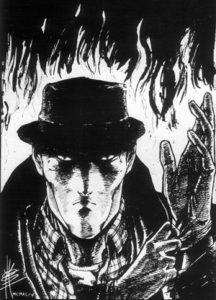
Dane isn’t described as having a sword in the official materials, but I wanted to call back to the tropes of trenchcoat and katanas, and Dane offered a fantastic way to do so. Most of the players found his character particularly intimidating with how I described him. Goal achieved.
Running this 5 times gave me a few chances to approach the introduction of each of the core NPCs in various ways. I used different accents, voice inflection, and presentation for each of them every time. This helped me to differentiate the games in my mind. It also helped me to see various ways an adventure like this can be adjusted to create more tension, or allow the tension to fade, as thematically appropriate.
We started each session with feeding. The new You Are What You Eat mechanics were fun to play around with, and I often used my own judgement on what bonuses to provide the players. These sessions set the tone for the game. They also gave us a chance to investigate the Composure mechanic and use the new Hunger rules. Since you cannot get rid of Hunger without killing your victim, this created some serious tension at the start of the game. Every time, at least one character would fail to control themselves, and their feeding victim would die. Some players tried to hold off on Rousing the Blood as long as they could after making it to Hunger 0, some didn’t care and they were more than willing to try and use their Disciplines or increase their statistics whenever they got the chance.
We then moved into the main plot, which was a fetch-quest with lots of interesting complications and plot developments that adjusted the story as we went through it. Most of these complications were player driven too, and several sessions saw the players handing me and each other various slips of paper to represent text messages they were sending to the main NPCs and to one another. Hopping away from the table and talking in private was also incredibly common, and this created obvious and interesting tension as the players left at the table often speculated on what the others were planning.
In the end, Rusted Veins allows for an interesting exploration into what it means to feel an ever present vampiric Hunger. It offers choices, and the most frequent comment on my survey sheets was, “I felt like I had tons of choices, and this was awesome.” The choices that characters had gave them a sense of ownership over their characters, and to my knowledge not a single player felt uncomfortable investing themselves in roleplay. That said, if any of you folks read this, I’m happy to hear some negative feedback. Or even more positive feedback, I’m always interested in having that.
There is an epilogue in Rusted Veins. I chose not to use the Epilogue, since it took away from the cool sensations and ideas present in most of the core adventure. In the Epilogue the players would play other characters for a very short period of time. To be honest, this is an awesome mini-adventure, and I would encourage those that eventually see it to use it as a separate session at some point. It also has relevance for long-time vampire fans. For GenCon, it really didn’t work well, but the core concept is cool.
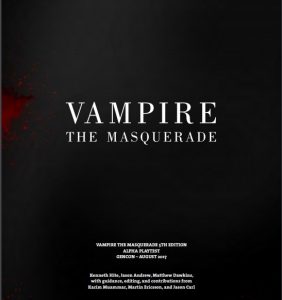
Mechanics
In most cases I’m a mechanics light kind of storyteller. I use them when I think they make the most sense and I generally find a way to use them that makes sense to me. This isn’t a great thing for a playtest though, and I tried to retain the new rules as much as possible. That said, there were a few times I went off the rails while I was running. I’m not upset with how I kept most of my games rolling along, but if there was a weakness of mine during the playtest it was my lack of a full grasp of all of the new mechanical elements of the game. Below is a description of the rules from the playtest, and how I ran them during my game.
Dice Pool and Successes

Vampire 5th Edition is going to be a dice pool game using D10s. You create your dice pool in the same way that you have always done for the World of Darkness, Attribute + Skill, in most cases. However, the largest difference is that the target number is now always 6. Then, you count the successes you get to determine if you complete a task. For example, to hit a person, you might need to roll 4 dice. If you roll a 6, 3, 6, and 7, you get three successes. This might be enough for a moderate success, or it might be one short. If you are one short, you may ask to Succeed at a Cost. In this case, the storyteller alters the success to add some elements that cost the player character something. For example, hitting a person, but then falling over after losing their balance at the same time.
It is possible to spend Willpower to reroll a partial dice pool, or the entire dice pool. To be honest, I didn’t catch that mechanic for the first four of my playtests. When it was used, it made a lot of sense. That said, I found that it tended to slow the story down, rather than keep it going. Hunger Dice are also a thing, but I’ll explain those under Hunger below.
Criticals can be achieved in two forms, two 10s on regular dice is considered a critical success. This allows for an increased success or narrative benefit. You can also get a messy critical, if you roll a 10 on a Hunger die (again explained below under Hunger). A messy critical allows for success, but in a way that is over the top, and potentially harmful to the player character’s intentions. This is indicative of the Beast rearing its head, and pushing the character farther than they would do so normally.
Criticals were incredibly fun to use, and messy criticals were awesome to help narrate interesting alterations. The rules include some other elements surrounding Composure, particularly that if a player could not think of a messy result, that they would lose composure. I think my groups and I found a good middle ground between my narrative control of these messes, and their overall control of their characters in most situations.
Virtue and Vice
Instead of a Nature and Demeanor, V5 Alpha playtest used Virtue and Vice. These are mechanics that allow you to regain Willpower when you act in accordance with your Vice. Since acting in accordance with your Virtue is harder, doing so refills all of your Willpower. Most players in my game used these as basic roleplaying hints and we did dip into the Willpower refill mechanic in a few of the games. In most, we didn’t spend a lot of Willpower. That was partly my fault, because I didn’t often suggest it as an option to the players and players unfamiliar with the WoD wouldn’t have thought to do so.

Initiative
Initiative is now determined by Wits+Combat Skill. This is the skill the Vampire uses in their first combat and determines the initiative order. Now, I did not catch this and continued to use the Wits + Dexterity rule from the old version of the rules.
Initiative now flows from lowest to highest, with the person with the highest initiative going last with the ability to react to other characters. Honestly, this is present in several versions of the rules, but I’ve rarely seen people use it, and it’s a shame. This allows for sensible dice pool management if you want to split dice pools, otherwise knowing when to plan to split a pool is nearly impossible to determine. I really enjoyed using this rule and I recommend it to every person playing any version of WoD rules.
Combat
Combat in the V5 Alpha is a contested action. Yes, this can mean a combatant gets hurt when they attack someone. This is why splitting pools can be so effective if used right. You can dodge an attack, and attack in the same round if you are willing to reduce your pools. Damage equals the amount over the contested result a player gets on the dice. Which is much easier than worrying about a mechanic for soaking damage etc. This made combat speed by, in most cases.
There are two types of Health damage, superficial and aggravated. You have Stamina +5 health levels, and superficial damage accumulates and becomes aggravated if enough is taken. Superficial damage is halved for Vampires. We ran these mostly correctly in my playtests, though there are some more in-depth rules that I didn’t use, particularly relating to the Critical Injury table.
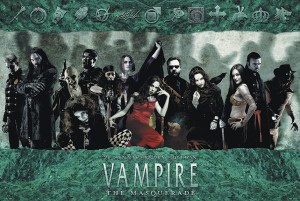
Hunger and Hunger Dice
Hunger has a rating of 0-5 and represents a similar in-game concept to what blood points used to represent in earlier editions of Vampire. That said, Hunger feels different. Blood points often didn’t feel like they were important, because they were often fairly numerous (at least in my experience). A vampire with 0 hunger is sated, but the only way to have 0 Hunger is to have killed a feeding victim that night. Waking raises the Hunger of every Vampire to 1.
Hunger is an ever present effect, and every dot of Hunger a character has replaces one of their regular dice. These dice should be a different color to differentiate them, and I recommend red dice… cause, well, blood right? When you replace your die with this Hunger die, you need to look out for two things, if you roll a 1, and if you roll a 10.
A 10 create a messy critical situation, and (in the Alpha) two 1s would cause a Compulsion. This mechanic did not come up often, and there were quite a few discussions around how to adjust it so it would occur more frequently. A good goal for this is probably having it occur around 15-20% of the time, if you ask my completely un-mechanically minded brain.
When you use a Discipline, or do various things that only Vampires do, you have to roll 1 Hunger die. If you roll a 1-3, you raise your Hunger, if you roll a 4-10, you don’t. This encourages players to use their disciplines, but also creates a lot of tension when they do so. This is awesome. This makes using a discipline a dangerous activity, but one that most players feel comfortable using in moderation. In a regular chronicle this is going to decrease Discipline use, and I think this is fantastic.
If a player gets all the way up to Hunger 5, they need to make a Frenzy check. This never happened in my games at GenCon, though it was a constant fear that a character might get to that level.

Feeding
Feeding can reduce Hunger, 1, 2, even 3 points. However, Hunger can only be reduced to 0 if a player accidentally or willingly kills their victim. Most of my players ended up having at least one moment where they seriously considered draining someone. I made my players roll Composure every time they fed. If they failed, they would drain their victim. This doesn’t appear to be in the rules, so this wasn’t really required. That said, it did add tension, and it did make players cautious about feeding and using their disciplines. Every death from feeding resulted in a Humanity point loss.
Compulsions
These were present in the pre-Alpha playtest, but they have been adjusted to remove the elements that made this rule’s element controversial. Now the player can choose, or ask the storyteller to choose a compulsion. This is an interesting back and forth discussion, and usually is pretty quick. Tables for the Brujah no longer included the term ‘Triggered’ and that is refreshing, to say the least. These didn’t come up as much as I would have liked, but they did in a few of my games. When they did occur, it was interesting, and it added a layer of roleplaying and story to the game. So, I think they do exactly what they are intended to do, but they don’t currently happen enough to really be that impactful. I understand that White Wolf is going to be adjusting this mechanic in particular, as they want to get this right.
All in all, Vampire 5th Edition Pre-Alpha rules are really engaging and interesting. I didn’t get the chance to read them as much as I should have and I didn’t always run them exactly the way they were intended. Rusted Veins is an awesome module, and I really enjoyed running it. If this is indicative of what Mark Rein-Hagen, Kenneth Hite, Karim Muammar, and the rest of the team at White Wolf are creating, then I think Vampire 5th Edition will be a really exciting product.
 “
“

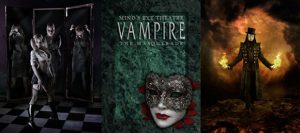
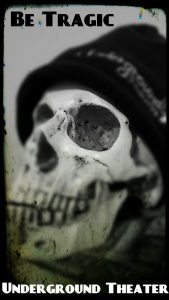
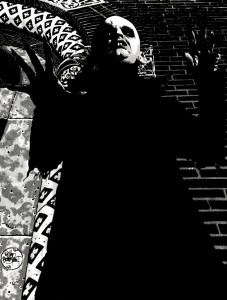



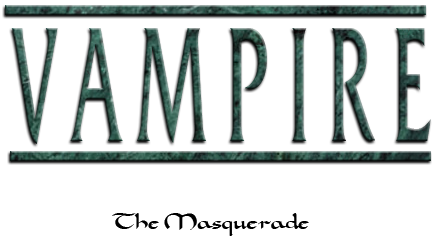
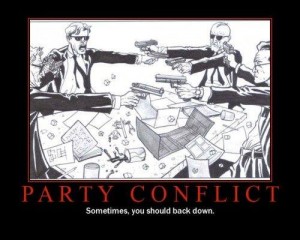
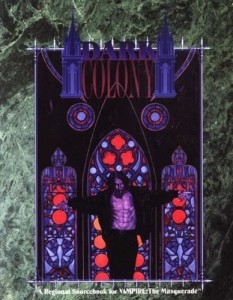
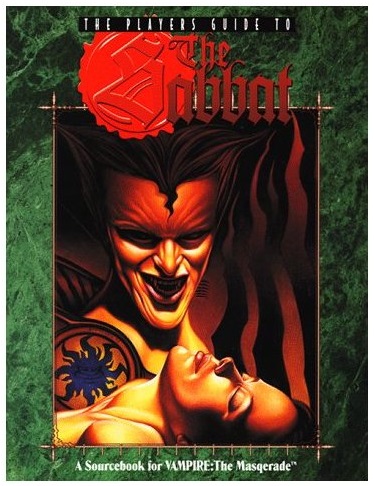
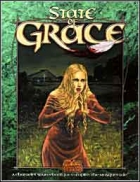
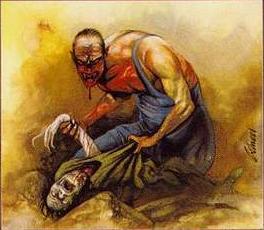

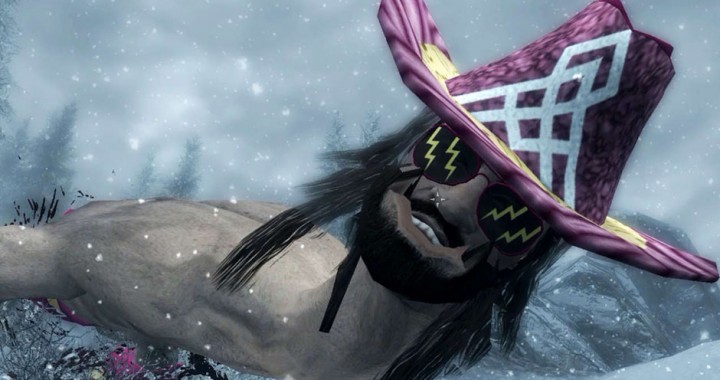
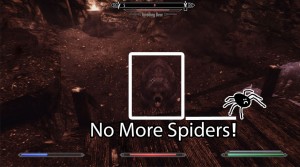
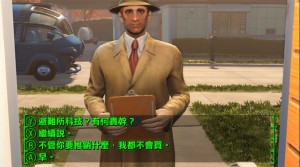
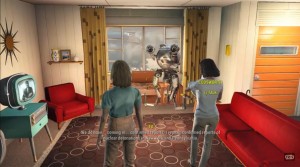
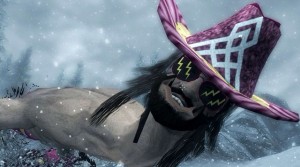

 For all of the subversive ways the World and Chronicles of Darkness play with the Hero’s Journey, I’d never seen a game completely reject the validity of that story model until
For all of the subversive ways the World and Chronicles of Darkness play with the Hero’s Journey, I’d never seen a game completely reject the validity of that story model until  Before playing this game you should really know your players, and you should spend some time making certain they are prepared to play true monsters in the night with none of the glorified romanticism that comes with games like Vampire or Changeling. You’re not flipping the tables so you can play a Beast anti-hero. There is no good guy in this story.
Before playing this game you should really know your players, and you should spend some time making certain they are prepared to play true monsters in the night with none of the glorified romanticism that comes with games like Vampire or Changeling. You’re not flipping the tables so you can play a Beast anti-hero. There is no good guy in this story.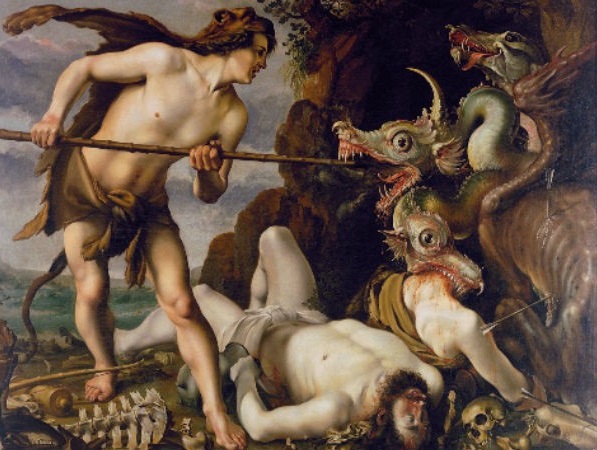
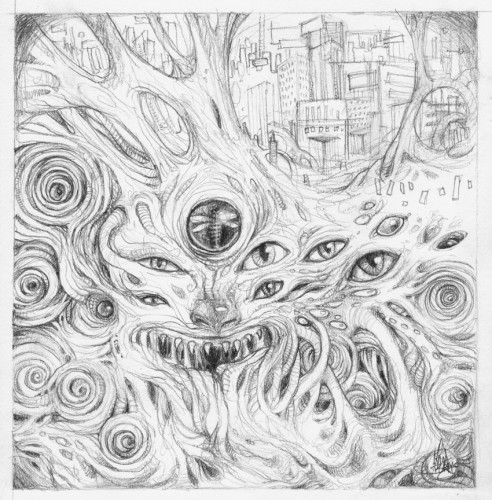
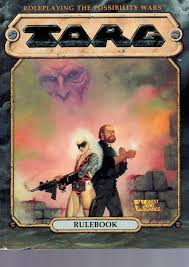
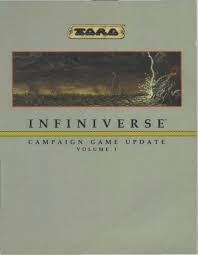
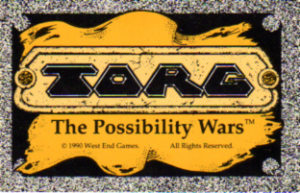

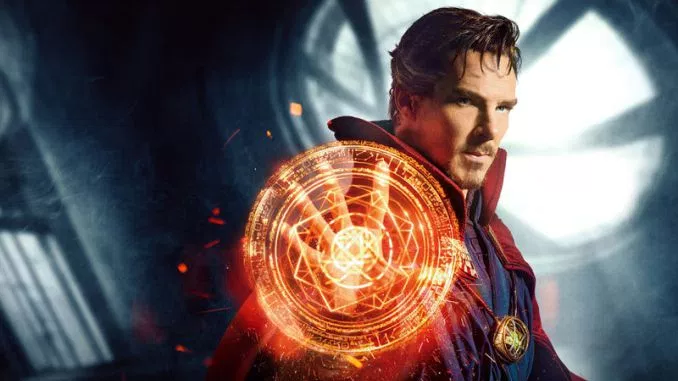
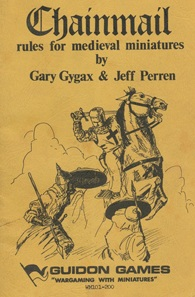 In fact, Dungeons and Dragons started as a Chainmail variant. I found it very interesting that Chainmail, and D&D by extension, were heavily influenced by Tolkien with such a rigid rules set that didn’t leave much room for variation. In my youth, I read the entire Lord of the Rings trilogy, including The Hobbit, every year from 5th grade until I graduated high school. With such a love for Mr. Tolkien’s work AD&D was a big deal and I found myself wanting to devour any book I could get my hands on.
In fact, Dungeons and Dragons started as a Chainmail variant. I found it very interesting that Chainmail, and D&D by extension, were heavily influenced by Tolkien with such a rigid rules set that didn’t leave much room for variation. In my youth, I read the entire Lord of the Rings trilogy, including The Hobbit, every year from 5th grade until I graduated high school. With such a love for Mr. Tolkien’s work AD&D was a big deal and I found myself wanting to devour any book I could get my hands on. 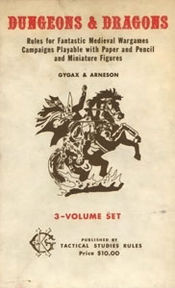 We shall start
We shall start 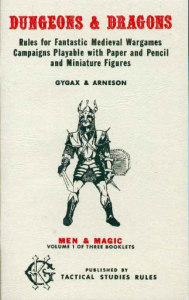
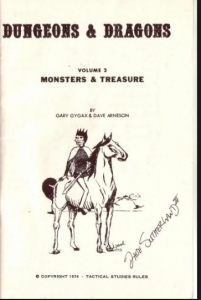 Monsters and Treasure
Monsters and Treasure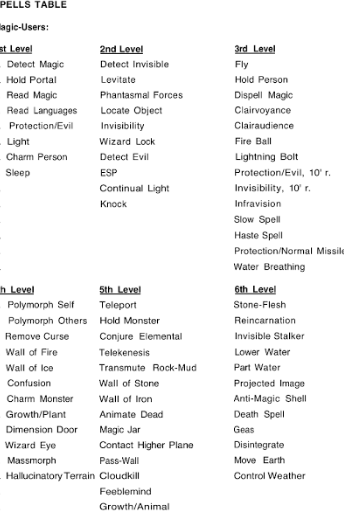
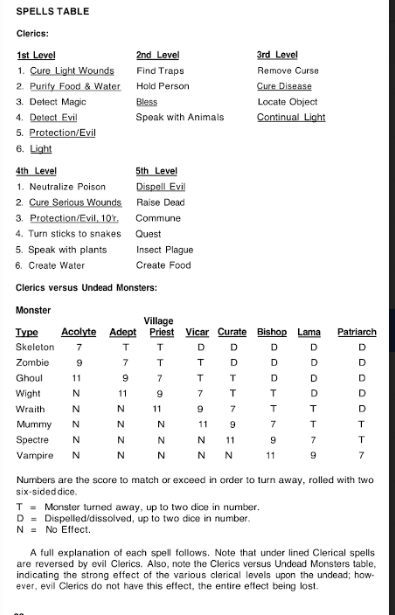
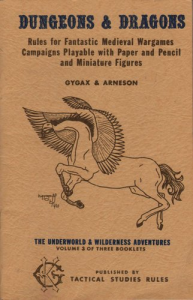

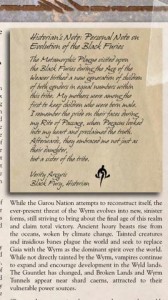
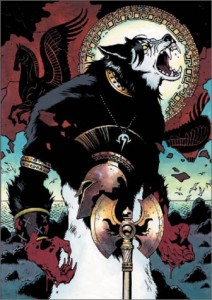
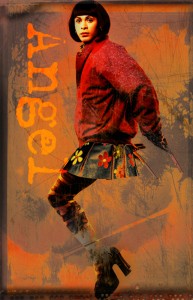 Some people would tell you visibility is an unambiguous good. I’m less certain. There are a lot of lazily-written trans characters out there. The Lazily-Written Trans Character is often a conventionally feminine trans woman. She is non-threatening and non-sexual, although she may be a sex worker.
Some people would tell you visibility is an unambiguous good. I’m less certain. There are a lot of lazily-written trans characters out there. The Lazily-Written Trans Character is often a conventionally feminine trans woman. She is non-threatening and non-sexual, although she may be a sex worker.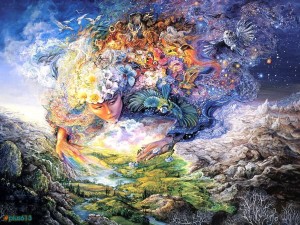

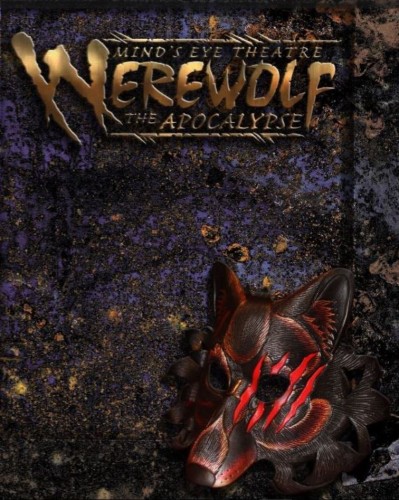

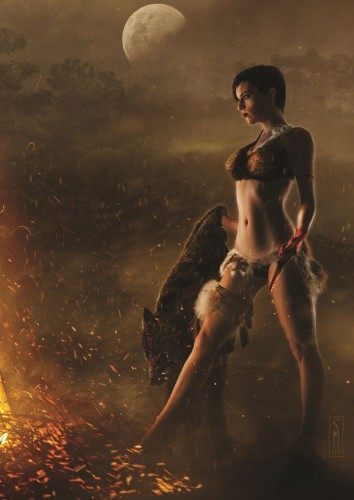 But… it’s not perfect.
But… it’s not perfect.